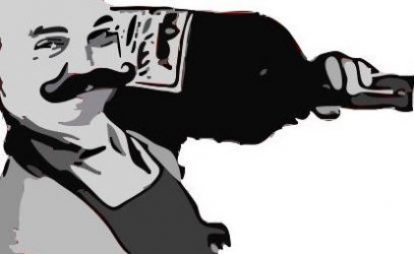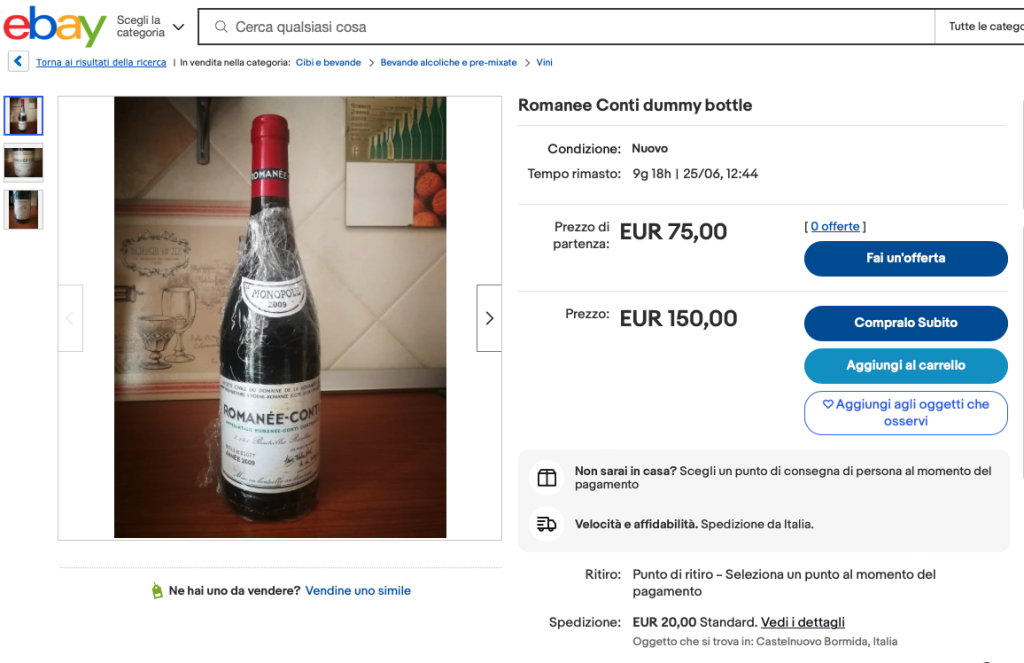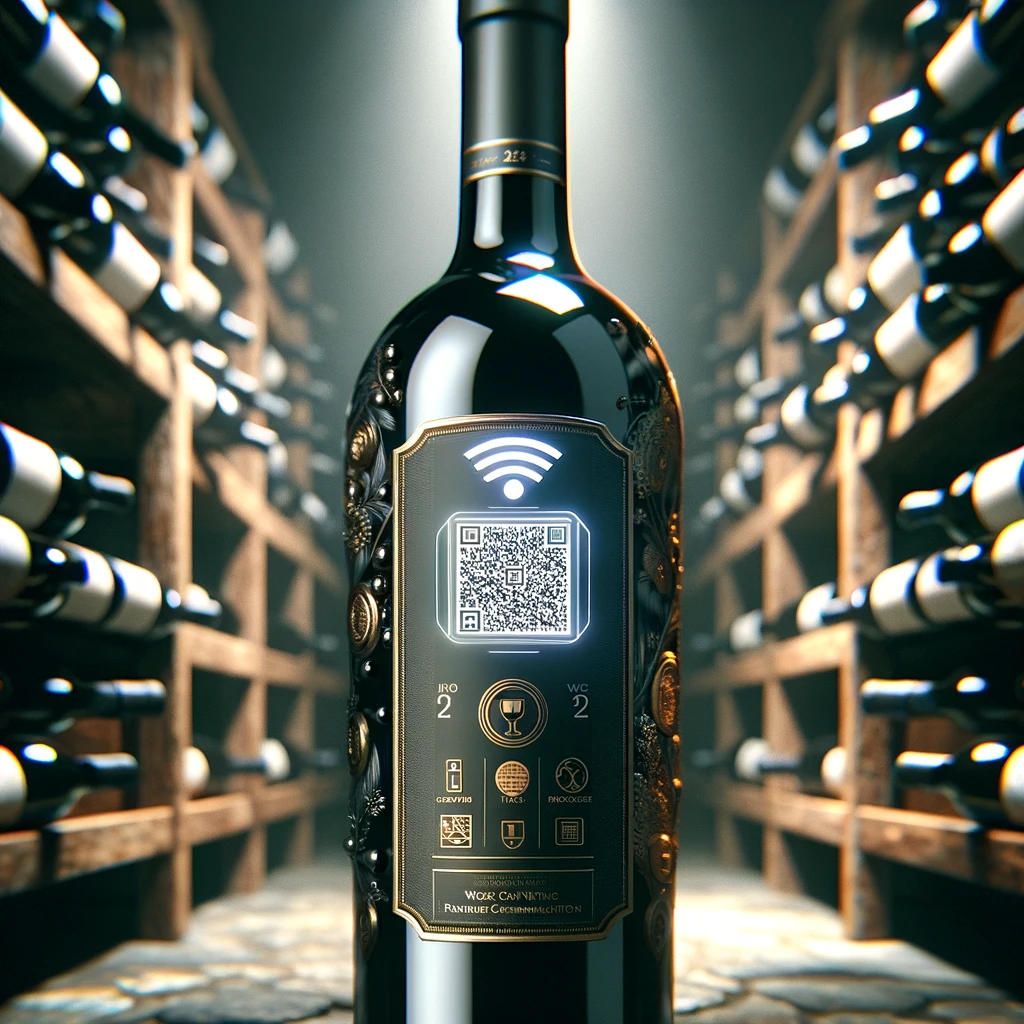Last Saturday marked the end of a fascinating two-year journey that began with the first event in Geisenheim in November 2021; thus, it was only appropriate to conclude it again in the Rheingau with a fitting graduation ceremony and the awarding of certificates to the graduating Weinakademiker, the German equivalent of the WSET Level 4 Diploma (albeit with slight differences) of the Austrian Wine Academy.
It’s time to look forward, but also to share the knowledge gained: as a kind of final chapter following the other exams, I extensively dealt with a topic in spring that not only captivates me: fraud in the wine sector and how to counter it. How I came up with the idea to tackle this topic and a summary of what I have gathered shall be discussed here.
The Battle Against Wine Fraud: Past, Present, and Future
Background and Objectives
Wine fraud – we can agree – is an extremely unpleasant part of the wine world. So why delve into this topic when there are so many positive things one could study?
Well, the longer one is involved with wine, the greater the desire usually becomes to drink the great wines of the world. Unfortunately, they also come with a corresponding price tag. Thus, one searches for opportunities to find a cult wine at favorable conditions, as the internet is full of attractive offers, be it eBay auctions (such as the one for an empty DRC bottle, which makes you wonder why someone would pay €75 and more for an empty bottle…) or cellar liquidations on Facebook – always with the significant risk that the offer and bottle contents are not identical.
When you read that experts speak of up to 20% fakes in the fine wine sector, but actually even find wine forgeries in the entry-level segment, one asks about the causes of such malpractices.
Since I have been dealing with innovative technologies like blockchain technology or artificial intelligence for some time, I also asked myself whether these tools are capable of combating the problem sustainably.
Against this backdrop, in my diploma thesis, I wanted to gain a deeper understanding of the problem of wine forgeries in its various forms and the different – old and new – tools used by various parties within the wine sector; on the other hand, I wanted to use this knowledge to assess whether and how the problem can be addressed, especially whether certain measures like the use of blockchain technology are an appropriate means, as it is sometimes portrayed.
Approach
How did I approach the topic? Well, as a start, I naturally conducted extensive literature research and evaluation. I initially relied on the extensive material in the specialized literature on the topics of wine fraud in general but also on some specific measures in particular. On this basis, I then delved into the wide field of academic literature, which often examines the various aspects in great detail.
At the same time, I drew from numerous discussions with various stakeholders. Experts who have been dealing with the problem of wine forgeries for decades, such as Maureen Downey of ChaiVault, providers of innovative anti-forgery solutions like Sebastian Schier or Patrick Eischen, or producers like Jeff Grosset, have given me insights into how the problem presents itself in practice and how it can be addressed.
The theoretical findings from the literature evaluation could thus be compared with practice. This resulted in a precise picture of the current situation, on the basis of which potential solutions could be evaluated.
Historical Context
For the presentation of this process and the insights gained, it was first important to present the historical background – in a concise framework – to be able to assess the problem in context.
After all, the history of wine forgery is almost as old as wine itself. Evidence of adulterated wine can be found as far back as antiquity. From lead additives to today’s forgeries, such as relabeling bottles, the practice of fraud has a long tradition. The reasons for this were almost exclusively economic, whether to increase the quantity or the apparent quality to achieve higher profits.
What is Wine Fraud? The Status Quo
But what is wine fraud, especially regarding my research subject? Wine fraud today goes beyond the historical adulteration. It includes the use of counterfeit labels and the filling of high-priced bottles with cheaper wine. These deceptions affect both the ordinary consumer and the collector and investor market, making the cases of fraud particularly complex.
The economic significance of wine forgeries is enormous. Estimates suggest that up to 20% of the wines circulating worldwide could be forgeries. This leads not only to financial losses but also to health risks and damage to the environment and the reputation of the producers.
Measures for Anti-Forgery
As the historical review has shown, the wine sector has responded to this threat with various measures. As in the past, physical closures, visible features such as holograms and QR codes, as well as advanced technologies like blockchain and RFID, are used today.
Artificial intelligence is also increasingly being used as a complementary tool for detecting forgeries. Techniques like Raman spectroscopy combined with AI algorithms offer new ways to identify wine forgeries.
Despite these efforts, the perfect solution for anti-forgery remains a complex endeavor.
Conclusion
What ultimately came out of my investigation of the topic? Well, thanks to the extensive work and numerous conversations, I managed to get – at least, I’d like to believe – some sort of accurate picture of the problem and the tools used to prevent fraud. At the same time, I was able to analyze to what extent such tools – especially innovative technologies – can be used.
Naturally – and this is also one of the challenges of the diploma thesis – it is difficult to adequately cover such a vast field within the given limits. I have tried to do this as best as possible within a narrow framework for this topic. Even though various areas could not be covered as extensively as they might have deserved – the individual areas of anti-forgery are regularly the subject of scientific work – I believe I have provided an appropriate inventory that allows insights into the various aspects and an assessment of the current status and future developments. At the same time, this also means an opportunity for further work in a very interesting and relevant area of the wine world.
Regarding the question of to what extent wine forgeries can be combated, it can be concluded that there is no absolutely secure method today. A combination of different approaches seems most promising. However, it is also important to be aware that both producers and consumers play a role in the fight against forgeries. And ultimately, for consumers and enthusiasts, caution is the best advisor in dealing with this problem.
As the saying goes: If something seems too good to be true…
—
Disclaimer: As always, I’d like to be completely transparent about affiliations, conflicts of interest, my expressed views and liability: Like anywhere else on this website, the views and opinions expressed are solely those of the original authors and other contributors. The material information contained on this website is for general information purposes only. I endeavour to keep this information correct and up-to-date, I do not accept any liability for any falls in accurate or incomplete information or damages arising from technical issues as well as damages arising from clicking on or relying on third-party links. I am not responsible for outside links and information is contained in this article nor does it contain any referrals or affiliations with any of the producers or companies mentioned. As I said, the opinions my own, no liability, just thought it would be important to make this clear. Thanks!




